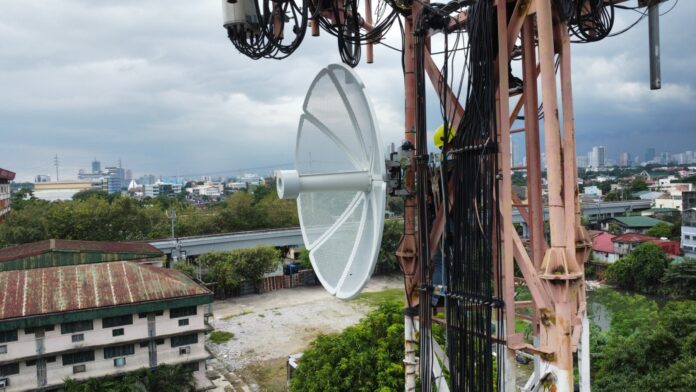Smart Communications has started using remote-controlled robotic arms on its cell towers to improve network coverage and performance, especially in underserved areas.
The new system, called Optical Compass and Robot Arm (OCRA), lets engineers adjust antennas in real time without going to the site. Smart and parent company PLDT are testing the technology in partnership with HUMAX Networks and system integrator Telkha.
According to PLDT COO and network head Menardo G. Jimenez, the move reflects the company’s push to use advanced technology to ensure reliable connectivity for all Filipinos.
For the pilot run, Smart installed OCRA on an existing cell site serving a San Juan hospital and a nearby high-rise condominium. The test showed traditional fixed antennas can limit coverage and require costly, time-consuming manual adjustments.
With OCRA, Smart can remotely shift antenna directions based on demand throughout the day. Paired with the Vega high gain antenna earlier tested in Aurora province, the system delivered stronger signal, better quality, and faster data speeds in both pilot locations.
Smart says the technology can reduce the need for physical site visits and avoid unnecessary new base stations, lowering costs and enabling reinvestment in network upgrades. It also supports Smart’s shift toward AI-driven network management and future 6G readiness.
HUMAX Networks CEO Lee Seungjae said OCRA helps address challenges in accessibility, safety, and disaster recovery while offering significant operational savings.







